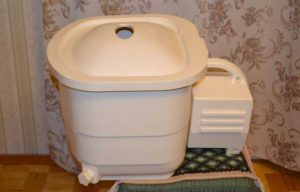 You can often hear the opinion that “Malyutka” is a relic of the past, that in our age, the age of automatic washing machines, it has no place. This is partly true, but only partly. “Malyutka” and its modifications are still in consistently high demand on the market. Among other models, it is distinguished by its low price, high reliability, and low power consumption. Separately, it is worth noting the simplicity of the design of this machine. It does not require special care; if necessary, it is easy to repair it yourself.
You can often hear the opinion that “Malyutka” is a relic of the past, that in our age, the age of automatic washing machines, it has no place. This is partly true, but only partly. “Malyutka” and its modifications are still in consistently high demand on the market. Among other models, it is distinguished by its low price, high reliability, and low power consumption. Separately, it is worth noting the simplicity of the design of this machine. It does not require special care; if necessary, it is easy to repair it yourself.
The most common breakdowns
“Malyutka” refers to devices with an activator, due to which its design is characterized by maximum simplicity. The principle of its operation is that the rotation of the electric motor rotor is transmitted to the activator - a specially shaped disk that mixes water and laundry in the tank.
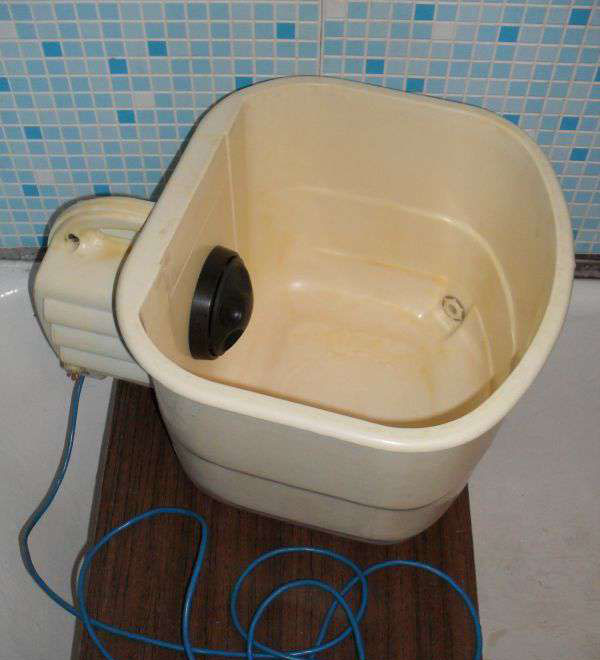
This machine cannot boast of an abundance of washing programs, nor the presence of at least some kind of automation. Actually, the only thing that can be adjusted in the operation of the device is to set the washing time. The built-in timer will automatically turn on and off the engine at the right time.
Since the machine is simple, the list of possible faults is not very wide. Among the most common breakdowns:
- the engine hums for a long time and only after a while the activator begins to rotate;
- the activator disk rotates slowly and often stops;
- During operation, the device makes a loud noise and tears clothes during the washing process;
- water leaves the housing or drain hose;
- the washing mashine does not turn on and does not respond to the owner’s actions;
- the hum of the engine is heard, but the activator does not spin;
- The washing mashine turns on, the engine starts to run, but soon stops, and there is a smell of burnt wiring.
The reasons that led to the occurrence of malfunctions are also not very diverse. Actually, all breakdowns can be divided into problems with the activator, with the electrical part and housing parts.
How to disassemble a washing machine
In most cases, repairing a Malyutka washing machine requires its complete or partial disassembly. A homemade key will help to significantly simplify the work. It won't take much time to make it.
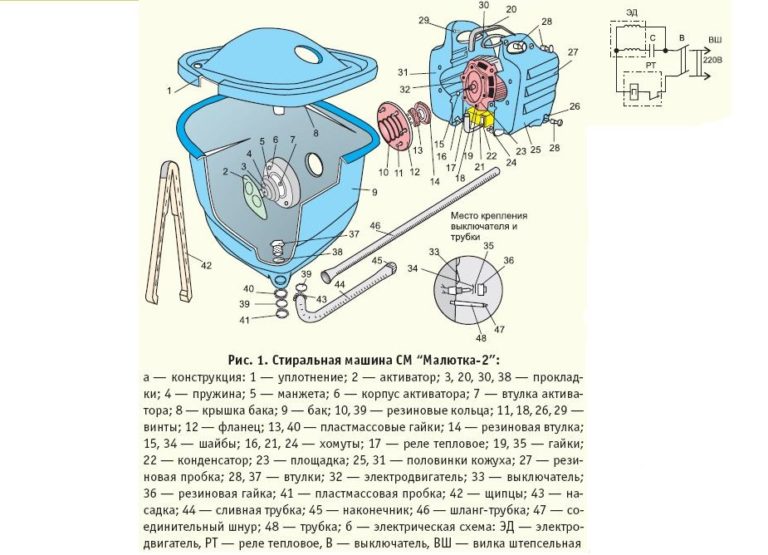
To make a key, a piece of pipe about 20 cm long is used. Two holes with a diameter of 6 mm are drilled in the pipe, symmetrically relative to its center, the distance between them is 95 mm. Bolts are screwed into the holes and secured with nuts. The free thread will play the role of the working part of the key.
Structurally, the machine itself consists of two separate parts: the electric drive casing and the tank with a lid. To disassemble it you need to perform a number of simple steps.
- Remove the plug at the rear of the casing. By turning the activator, align the hole in the casing with the hole in the impeller.
- Use a thin screwdriver to stop the motor.
- Use a homemade key to unscrew the activator.
- Remove the six bolts that secure the casing to the tank.
- Remove the switch.
- Unscrew the bolts holding the casing together.
The disassembly process is not particularly difficult, but it would be a good idea to film each stage of the work on your phone camera, this will help with subsequent assembly.
Activator related problems
Washing machines of the “Malyutka” type do not have a drum; its functions are performed by an activator. It rotates and mixes the laundry, doing the washing. Any malfunction as a result of which the activator stops rotating or its rotation is difficult leads to a stop in the washing process. By the way, if the activator rotates slowly, the machine may automatically turn off; due to engine overheating, the thermal relay is triggered.
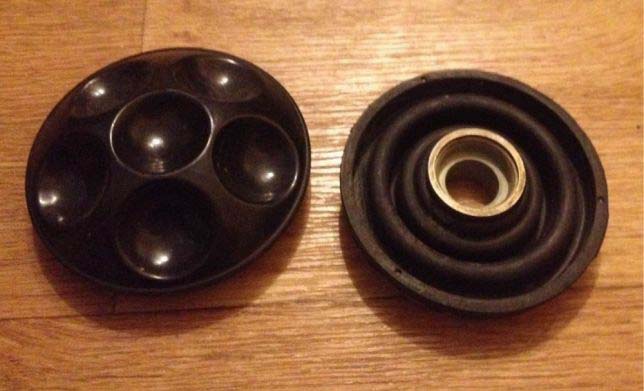
There are three main malfunctions associated with the operation of the activator. Below is a list of them with an indication of how to solve the problem.
- There is more laundry loaded into the tub than allowed. The engine of an overloaded machine cannot turn the activator at normal speed, overheats, and the machine turns off.
To solve the problem, you need to unload the machine, leave it for 15 minutes, allowing the engine to cool, and repeat the wash, but with less laundry.
- The machine is not overloaded, but threads are wound around the activator shaft, preventing normal operation of the machine.
In this case, you cannot do without disassembly. You will have to remove the laundry, drain the water, disassemble the machine and remove threads and flaps that interfere with rotation.
- Activator misalignment. Symptoms of this problem are that the machine tears things, or during operation the sounds of the activator rubbing against the body are heard.
Complete disassembly required. The water is removed and the activator is removed.If the problem arose after a recent repair, during which the activator was installed incorrectly, it just needs to be screwed back in, but if the problem appeared unexpectedly, you may have to change the activator itself.
Various leaks
Many owners of "Malutoks", having noticed a leak, do not attach much importance to it, saying that this is normal. They say, there is no need to worry, you just need to put the machine in the bathroom, let it leak. This is the wrong approach. We must not forget that the washing machine is powered by electricity, a leak can cause a short circuit, in addition, the person doing the washing can be injured.
- Damage to the sealing rings or flange seals.
Elimination of this breakdown requires partial disassembly of the machine. To do this, it is necessary to dismantle the activator, remove the drive housing. Carefully inspect the large ring for damage. If the rubber loses elasticity or the ring is damaged, it is replaced.
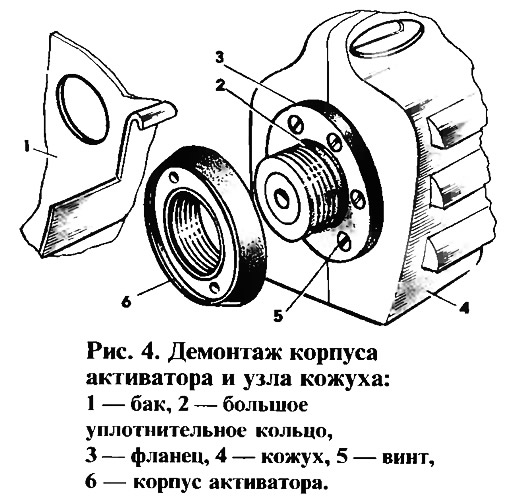
Having unscrewed six bolts, disassemble the casing. Pull out the flange. It must be disassembled. Most often, problems occur due to loss of elasticity of the rubber seal. If so, it should be replaced. It is also worth paying attention to the spring ring. Over time, it can weaken, which will lead to loss of tightness of the unit.
- Damage to the drain hose or nipple.
The service life of a rubber hose is limited. Over time, the rubber cracks and begins to leak water. It is easy to determine whether the hose is damaged, as well as to replace it. Occasionally, there is a loss of tightness at the point of its attachment. This problem is solved by replacing the clamp, first do not forget to clean the nipple from accumulated dirt and scale.

- Damage to the housing
The Malyutka washing machine is made of plastic. Thanks to this, it has a small mass, but the plastic is not particularly durable. The slightest impact load is enough to cause a crack to form in the housing. Glue will help you get out of this situation, but you need to work extremely carefully. The inner surface of the machine must remain smooth, otherwise washing will result in torn laundry, and possibly a new depressurization of the tank.
Problems with the electrical part of the machine
Any of the components of the electrical circuit of the Malyutka washing machine may fail over time or its operation may be impaired. The list of possible problems is not too wide, but you need to be prepared for the fact that to solve them you will have to completely disassemble the washing mashine.
Washing machine won't turn on
Oddly enough, this is not the worst washing mashine breakdown. The fact is that in most cases the cause of the malfunction is located outside the device body.
First of all, you should check the voltage at the outlet. To do this, you can use a simple probe or multimeter in voltage measurement mode. It is important not to forget to set the switch to alternating voltage mode, selecting the scale limit value of 500V or more.
If there is no measuring device at home, you can use any electrical appliance to check the functionality of the outlet by temporarily turning it on.
Next, you need to make sure that the power cord is intact. As a result of regular use, it wears out and the conductive wires break. Most often, breakdowns occur near the plug and in the place where the wire enters the machine body.
It is better to replace a damaged cable immediately.Using any broken wire, even if it is carefully insulated, is dangerous to life, especially if it is the wire of a washing machine that is operated in conditions of high humidity.
Problems with electrical circuit components
If the socket and wire are checked, but the device still does not work, you need to proceed to disassembly and then check the motor and the details of the connection diagram.
You should start by checking the integrity of the connecting conductors. You can't do without a multimeter here. Using a switch, it is switched to the resistance measurement mode, and each conductor is called. Along the way, it is worth inspecting the places of their connections. The constant humidity in which the machine is operated promotes oxidation of the contacts, which can cause engine failure.
Suspicious conductors (with blackened insulation, covered with a thick layer of oxide), terminals, as well as circuit elements with visible damage must be replaced immediately. To connect new wires, it is better to use connecting blocks; connect the parts by soldering, not forgetting to use heat-shrinkable insulation.
Often the cause of machine failure is the time relay. It is unlikely that you will be able to repair it yourself; it is easier and more logical to buy a new one. The same applies to the switch.
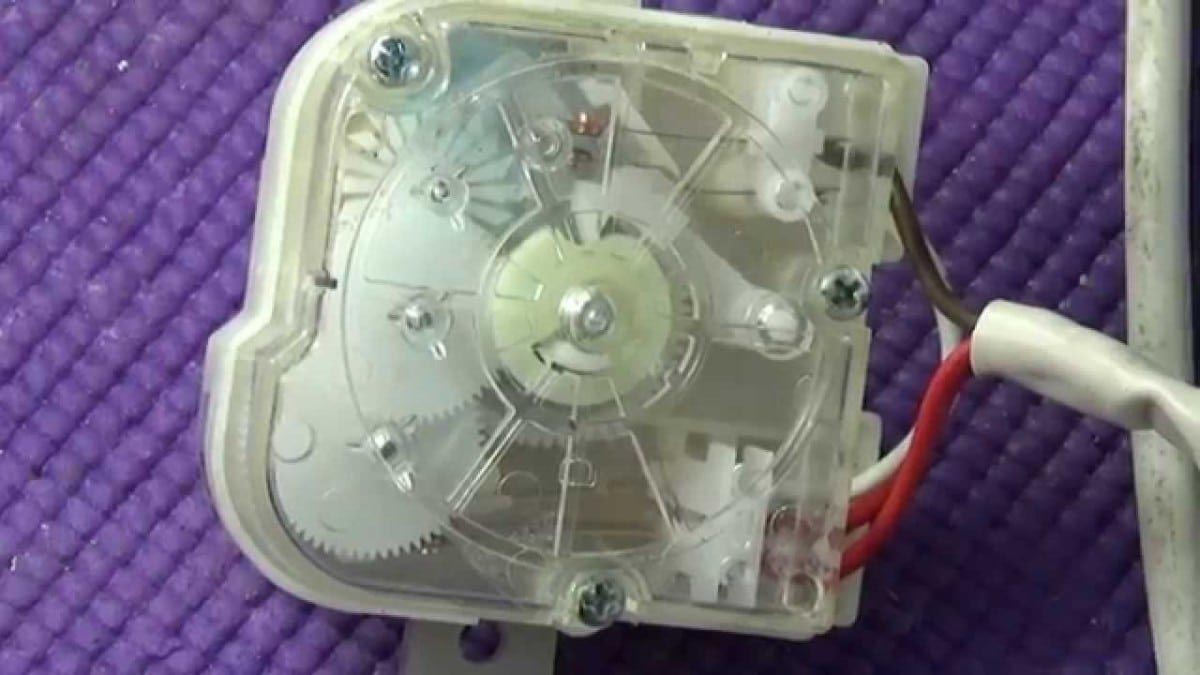
Time relay
The thermal relay can also be the cause of the engine's reluctance to turn on. It is tested cold. Connect a multimeter to the terminals in ohmmeter mode; if it shows a break, change the relay.
Engine malfunction
If the machine does not turn on, and a characteristic odor is felt near the electric drive casing, the reason may be in the engine. The list of possible faults is extensive, including winding breakage, short circuit, breakdown.It is definitely not possible to repair the engine at home. You can consider the option of rewinding it, but this is not economically feasible.
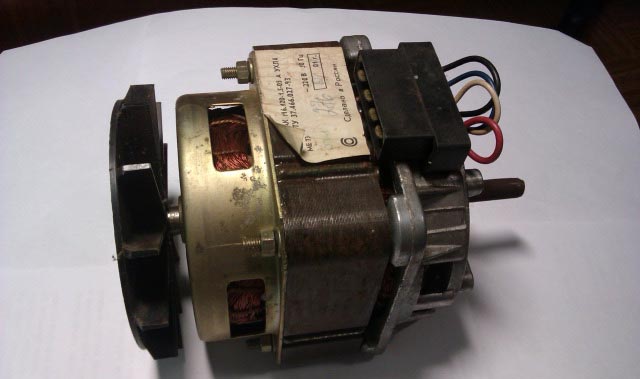
There is only one reasonable way out of this situation - buy a new one. It is worth noting that the price of a new engine is comparable to the price of the washing mashine itself, there is something to think about.
To make the machine last a long time
Repairing a washing machine, even one as simple as a “Malyutka”, is far from the most pleasant thing. It is also worth noting that malfunctions occur at the most inopportune moment - you need to wash them, but instead you have to look for the cause of the breakdown and fix it. To avoid premature failure of the “Malyutka”, you should adhere to a number of simple rules:
- do not heat water with a boiler directly in the car;
- install it only on a flat surface, do not use it in the bath;
- Monitor the machine during washing; if any foreign odors or tingling occurs when you touch the body, immediately turn it off, find the cause of the malfunction and repair it.
Even though the Malyutka washing machine is long outdated, with good care and timely repairs it can still serve. It has no place in a modern home, but in a country house, or in a rented apartment, in conditions of frequent moves, it is still one of the best options.









